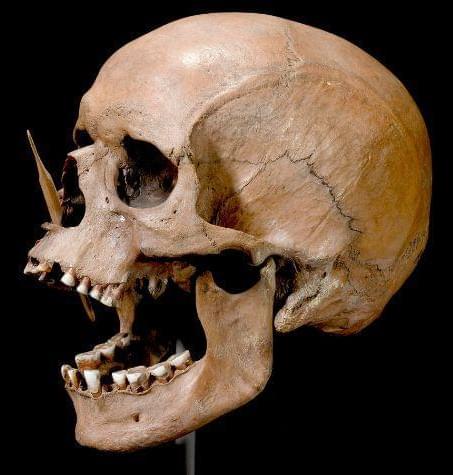Originally published on Illumina News Center
Call it archaeology by other means. Rather than sifting through tons of dirt and carefully cataloguing human artifacts, Eske Willerslev and his colleagues have used Illumina NovaSeq Systems to sequence 5,000 ancient human genomes, revealing previously unseen historical nuance. This research tour de force, which is being published this month in four papers in the journal Nature, offers a rich view of early human migrations, mating habits, and disease variants, and their impact on modern Europeans.
“We wanted to sequence this ancient DNA so we could better understand human history,” says Willerslev, who is professor and director at the Centre of Excellence in GeoGenetics at the University of Copenhagen and the Prince Philip Professor of Ecology & Evolution at Cambridge University. “These results describe where we came from and why there’s so much variation in disease risk.”
